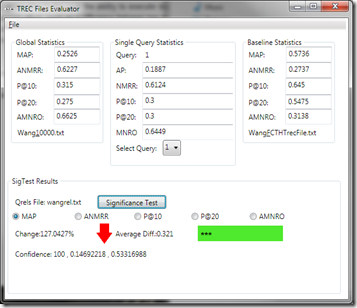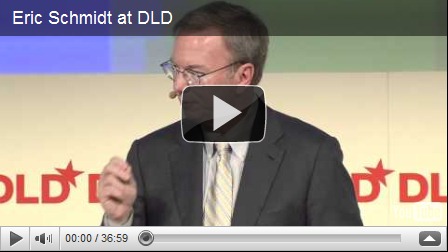Reported by Jocelyn Kaiser, in Science, on 23 February 2011
Want to know whether you have cancer? There may soon be an app for that. Cancer researchers have come up with a small device that—with the aid of a smart phone—could allow physicians to find out within 60 minutes whether a suspicious lump in a patient is cancerous or benign.
Instead of immediately cutting out masses that they suspect are tumors, oncologists often use a thick needle to remove a few cells from a lump for an analysis at a pathology lab. But the tests used there, such as examining the shape of cells and staining for various proteins, are sometimes inconclusive. The lab tests also take several days.
As an alternative, physician-scientist Ralph Weissleder’s team at Massachusetts General Hospital (MGH) in Boston developed a miniature version of a nuclear magnetic resonance (NMR) machine—the workhorse tool that allows researchers to identify chemical compounds by the way their nuclei react in magnetic fields. The researchers also found a way to attach magnetic nanoparticles to proteins so that the machine can pick these specific proteins out from a gemisch of chemicals, like those found in a tumor cell sample. A standard chemistry lab’s NMR machine approaches the size of a file cabinet, but the new device is only about as big as a coffee cup.
To see how this might be utilized in the cancer clinic, the MGH researchers used the standard needle procedure to collect suspicious cells from patients’ abdomens. They then labeled the cells with various magnetic nanoparticles designed to attach to known cancer-associated proteins and injected the cells into their miniature NMR machine. The device, whose data can be read with a smart phone application instead of a computer, detected levels of nine protein markers for cancer cells.
By combining results for four of these proteins, the MGH team accurately diagnosed biopsies for 48 of 50 patients in less than an hour per patient. The micro-NMR diagnosis was correct 100% of the time in another set of 20 patients, the MGH team reports today inScience Translational Medicine. By contrast, standard pathology tests on similar samples were correct only 74% to 84% of the time.
Weissleder hopes the device would allow a doctor to test a needle biopsy sample within minutes of collecting it and tell the patient the results as soon as he or she awakes from the procedure. Right now, patients come in for a biopsy, go home, and wait several days for the results. “Our patients hate that week of not knowing if they have cancer,” he says. The strategy should also cut down on repeat biopsies, which typically cost thousands of dollars, he says.
Eventually, the researchers hope to use their mini-NMR device to track the course of cancer and determine whether patients are responding to drugs by detecting levels of specific proteins in blood samples.
Tumor immunologist John Greenman of the University of Hull in the United Kingdom, who also works on so-called lab-on-a-chip devices, calls the study “extremely interesting” as an early example of this technology. What’s key, he says, is that the MGH group has compared its test with standard tests, which “is essential to gain the support of the medical community.” Such devices might have applications far beyond cancer, such as monitoring the environment and detecting biological weapons, he says.
Article from: http://gsirak.ee.duth.gr/index.php/archives/623


